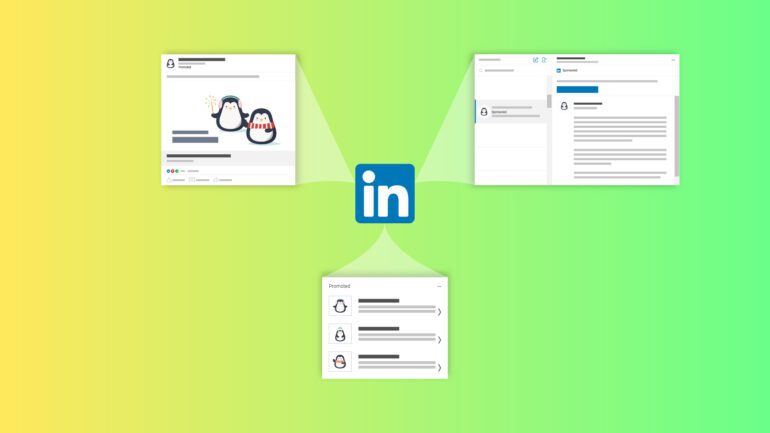TL;DR:
- LinkedIn has launched a trial of its AI post generation tool, allowing users to generate AI-driven posts.
- The AI update assistant prompts users to share their ideas, providing suggestions for a first draft of a post.
- The feature aims to streamline the content creation process and help users articulate their thoughts effectively.
- There are concerns that this could lead to misrepresentation and potential problems for recruiters assessing candidates on LinkedIn.
- LinkedIn must find the right balance between efficiency and authenticity in AI-generated content.
Main AI News:
In an era where AI-driven content is progressively gaining prevalence, attempting to resist this tidal wave seems futile. Nevertheless, I am of the opinion that the latest endeavor by LinkedIn falls into the category of ill-conceived initiatives.
Recently, we divulged the fact that LinkedIn had been actively exploring diverse experiments in the field of generative AI. A keen-eyed app researcher, Nima Owji, unearthed evidence of a novel feature embedded within the application’s backend code. This feature, as it turns out, empowers users to generate AI-generated posts.
LinkedIn’s AI-driven update assistant, currently in its nascent stage, prompts users to “share your ideas” in the composer section. Subsequently, it provides suggestions for an initial draft of a post.
Now, LinkedIn has officially released this functionality, granting select users access to its groundbreaking AI-driven post generation tool within the application.
Keren Baruch, LinkedIn’s Director of Product, sheds light on the development, stating, “When it comes to posting on LinkedIn, we have acknowledged that users often possess a clear idea of what they want to convey. However, transforming a great idea into a fully-fledged post can prove to be a formidable challenge, consuming significant amounts of time. Therefore, we are embarking on a testing phase to provide members with the ability to employ generative AI directly within the LinkedIn share box. Initially, users will be required to provide a minimum of 30 words outlining their intended message, which serves as the foundation of their personal thoughts and perspective. Subsequently, they can harness generative AI to create an initial draft. This approach ensures users have a robust framework to review, edit, and personalize their content prior to clicking the ‘post’ button.”
Hence, it is evident that the purpose of this new feature is not to enable users to feign expertise in areas they lack knowledge. Instead, it aims to facilitate the articulation of thoughts and ideas in a coherent manner, aligning with the professional aspirations of LinkedIn’s user base.
This, however, raises my primary concern regarding LinkedIn’s generative AI post prompts. By offering an effortless method to fabricate one’s identity and knowledge, it has the potential to foster a misleading representation of individuals. Recruiters, who frequently examine candidates’ LinkedIn profiles during the hiring process, might be confronted with significant issues. Consequently, this could lead to disastrous interviews, misguided connections, and even result in ill-advised hiring decisions.
Conclusion:
LinkedIn’s introduction of the AI-generated content feature signifies a significant step in leveraging artificial intelligence for content creation. While it offers the potential to streamline the process and assist users in expressing their ideas more effectively, there are inherent risks associated with misrepresentation and the erosion of authenticity. The impact on the market will depend on how well LinkedIn manages this delicate balance, ensuring that the integrity of the platform and the credibility of its users are not compromised.

